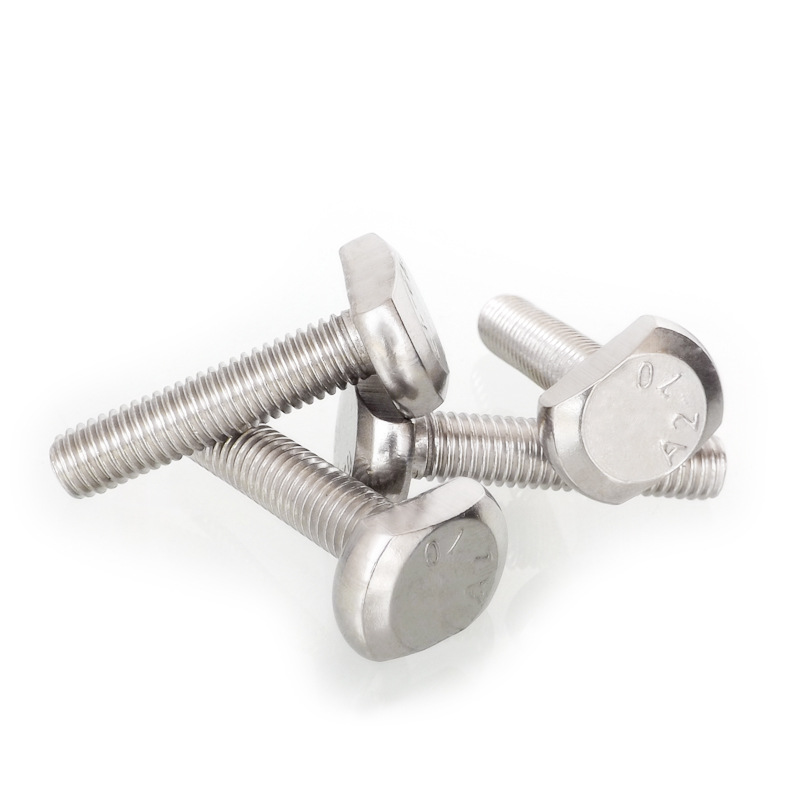

understanding astm a325 nuts specifications and applications
Kas . 02, 2024 20:05 Back to list
understanding astm a325 nuts specifications and applications
Understanding ASTM A325 Nuts Specifications and Applications
When it comes to construction and structural integrity, the importance of reliable fasteners cannot be overstated. Among the various standards that govern the quality and performance of these fasteners, ASTM A325 plays a crucial role. ASTM A325 nuts are designed to complement A325 bolts, which are commonly used in structural steel connections. This article delves into the specifications and applications of ASTM A325 nuts, highlighting their significance in various industries.
Specifications of ASTM A325 Nuts
ASTM A325 nuts are specified by the American Society for Testing and Materials (ASTM), which sets the standards for material quality and performance. These nuts are typically made from carbon steel, and they are designed to be used with high-strength bolts, particularly those classified as A325. Understanding the specifications of these nuts is essential for engineers and builders to ensure that the connections they create are safe and effective.
The diameter of A325 nuts typically ranges from 1/2 inch to 1 inch, and they come in several grades, most notably Grade 2, which is suitable for general-purpose applications. The nuts are characterized by their high strength, which is critical for load-bearing applications. In addition, they must meet specific requirements regarding hardness, tensile strength, and corrosion resistance. These properties are verified through standardized testing methods outlined by ASTM standards.
It's important to note that A325 nuts are often used in conjunction with A325 bolts
. The compatibility between these components ensures that the entire assembly will maintain its strength and integrity under load. The nuts must be properly torqued to achieve the desired clamping force, which is essential for the overall performance of the structural connection.understanding astm a325 nuts specifications and applications

Applications of ASTM A325 Nuts
The primary application of ASTM A325 nuts is in structural steel construction. These nuts are widely utilized in bridges, buildings, and various infrastructure projects, where they play a vital role in securing structural members together. The high-strength properties of A325 nuts make them particularly suited for applications that demand exceptional load-bearing capacity and resistance to fatigue.
In addition to their use in construction, A325 nuts are also employed in the manufacturing of heavy machinery, transportation equipment, and various industrial applications. They are often found in assemblies that require robust fastening solutions, such as railways and heavy equipment. Their versatility makes them indispensable in sectors such as transportation, heavy industry, and civil engineering.
Moreover, the increasing focus on safety and reliability in construction practices emphasizes the importance of using high-quality fasteners like A325 nuts. Engineers and contractors are increasingly aware of the need for compliance with ASTM standards to ensure that their projects adhere to safety regulations and performance expectations.
Conclusion
In conclusion, understanding ASTM A325 nuts is crucial for anyone involved in structural engineering or construction. The specifications set by ASTM provide guidelines for selecting the right fasteners to ensure the safety and durability of a project. With a wide range of applications in various industries, ASTM A325 nuts are essential components that ensure the integrity of structural connections. As the demand for high-quality construction fasteners continues to grow, the importance of complying with standards like ASTM A325 cannot be overstated.
Latest news
-
Premium Fasteners Manufacturer | AI-Driven Solutions
NewsAug.01,2025
-
Hot Dip Galvanized Bolts - Hebei Longze | High Strength, Corrosion Resistance
NewsAug.01,2025
-
High-Strength Hot Dip Galvanized Bolts - LongZe | Corrosion Resistance, Custom Sizes
NewsAug.01,2025
-
Best Self Tapping Screws for Drywall - Fast & Secure Installation
NewsJul.31,2025
-
High-Strength Hot Dip Galvanized Bolts-Hebei Longze|Corrosion Resistance&Customization
NewsJul.31,2025
-
Hot Dip Galvanized Bolts-Hebei Longze Metal Products|Corrosion Resistance&High Strength
NewsJul.31,2025

